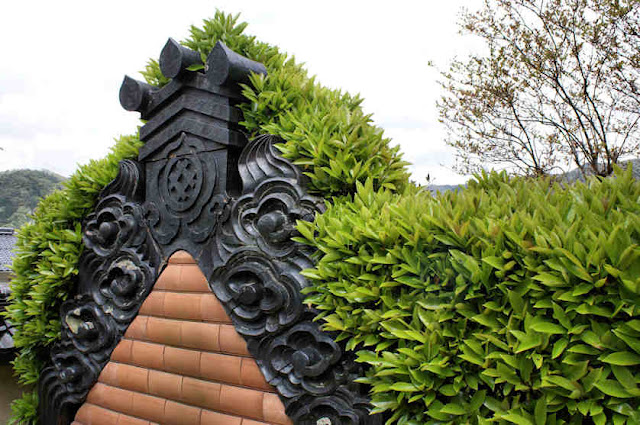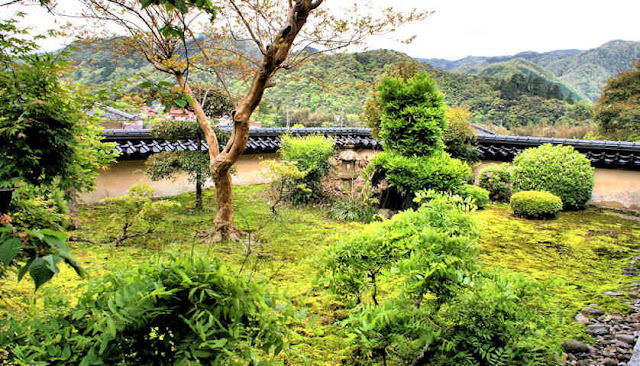Showing posts with label azalea. Show all posts
Showing posts with label azalea. Show all posts
Sunday, July 20, 2025
Okameyama Fukuoji Temple 12 Iwami Kannon Pilgrimage
Monday, June 20, 2022
Recent Manhole Art
Yoshinogari is a huge archeological site with reconstructed buildings near Saga. Touted as the home of the legendary Himiko, "queen of japan", in all probability it wasn't.
However, all over Japan are appearing manhole covers featuring pokemon. There are hundreds of them, each one unique. This one is in Kaike Onsen, a seaside hot spring resort in western Tottori. I must admit I know nothing about pokemon except it is very popular. I believe these manholes are a feature of the pokemon go smartphone game
A few other posts with colorful designs can be found here....
if you would like to subscribe by email, just leave your email address in the comments below. It will not be published or made public. I post new content almost every day, and send out an email about twice a month with short descriptions and links to the most recent posts.
Labels:
azalea,
drainspotting,
falls,
Gotsu,
hiroshima,
manhole,
pokemon. kaike onsen,
saga,
tagawa,
yoshinogari
Thursday, April 28, 2022
Flowers & Statues at Choanji Temple
Choanji
There wre a few statues around the grounds, and at least three pairs of the stone Nio guardians that are ubiquitous in Kunisaki
More posts on this tri around Kunisaki can be found by clicking the Kyushu Fudo label below, or from an earlier trip by clicking the Kunisaki Fall Walk label.
The principal statuem te honzon, was theis Edo-period statue of a Thousand-Armed Kannon.
Labels:
azalea,
kannon,
Kunisakihanto Minemichi Long Trail,
kyushu fudo,
nio,
temple,
tendai
Sunday, December 15, 2013
Along the Road.....Azaleas & Haniwa
Subscribe to:
Comments (Atom)














































